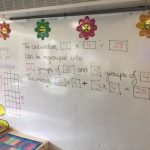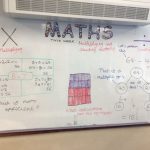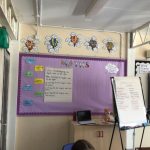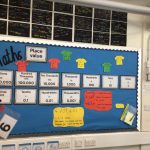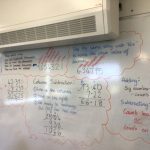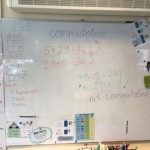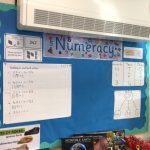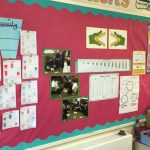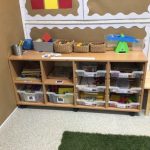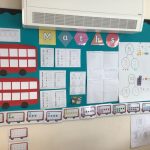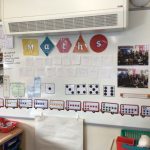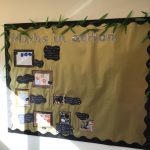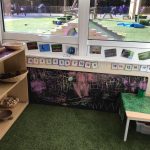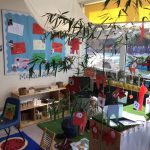We currently use ESSENTIALmaths which was designed by Herts for Learning. It is designed to support teachers in their planning and resourcing of each learning sequence and encourages the use of concrete, pictorial and abstract representations as well as other mastery techniques.
The maths curriculum is broken down into 7 strands:
- Number and Place Value
- Addition and Subtraction
- Multiplication and Division (becoming Ratio and Proportion by Year 6)
- Fractions
- Measures
- Geometry
- Statistics
Reception and Nursery classes are also following the ESSENTALmaths planning
We are currently in our third year of working with the Matrix Maths Hub on our journey towards maths master. Years Reception, Year 1 and Year2 are also working with the Matrix Maths Hub on a fluency project this year.
Mastering maths means pupils acquiring a deep, long-term, secure and adaptable understanding of the subject.
The phrase ‘teaching for mastery’ describes the elements of classroom practice and school organisation that combine to give pupils the best chances of mastering maths.
Achieving mastery means acquiring a solid enough understanding of the maths that’s been taught to enable pupils to move on to more advanced material.
Mastery in Maths is underpinned by 5 Big Ideas (from the NCETM):
Coherence
Lessons are broken down into small connected steps that gradually unfold the concept, providing access for all children and leading to a generalisation of the concept and the ability to apply the concept to a range of contexts.
Representation and Structure
Representations used in lessons expose the mathematical structure being taught, the aim being that students can do the maths without recourse to the representation.
Mathematical Thinking
If taught ideas are to be understood deeply, they must not merely be passively received but must be worked on by the student: thought about, reasoned with and discussed with others.
Fluency
Quick and efficient recall of facts and procedures and the flexibility to move between different contexts and representations of mathematics.
Variation
Variation is twofold. It is firstly about how the teacher represents the concept being taught, often in more than one way, to draw attention to critical aspects, and to develop deep and holistic understanding. It is also about the sequencing of the episodes, activities and exercises used within a lesson and follow up practice, paying attention to what is kept the same and what changes, to connect the mathematics and draw attention to mathematical relationships and structure.
Our Working Walls:

